Redefining the Adriatic Narrative with Rafaela Kaćunić
Benjamin SchifferOctober 26, 2024
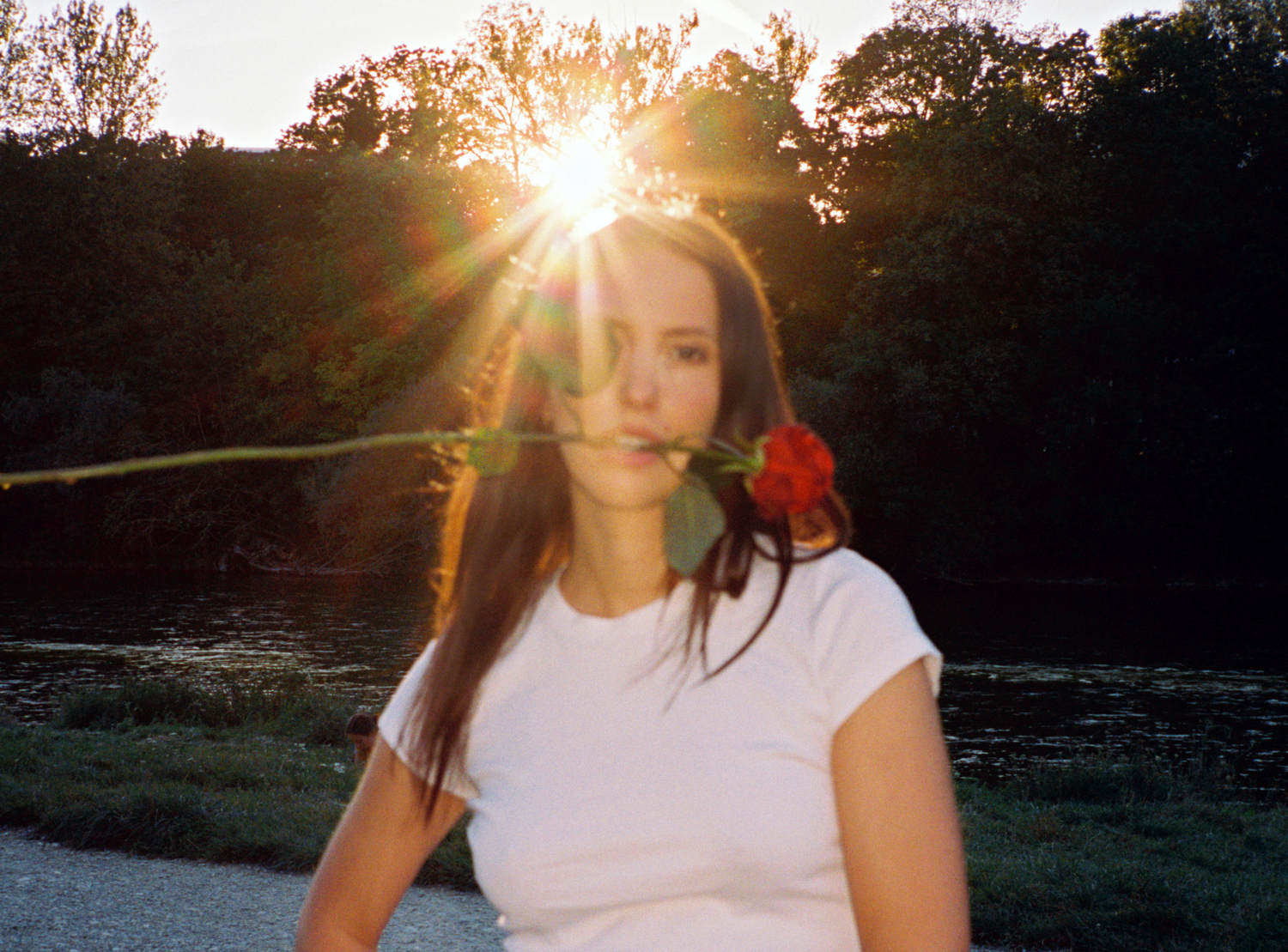
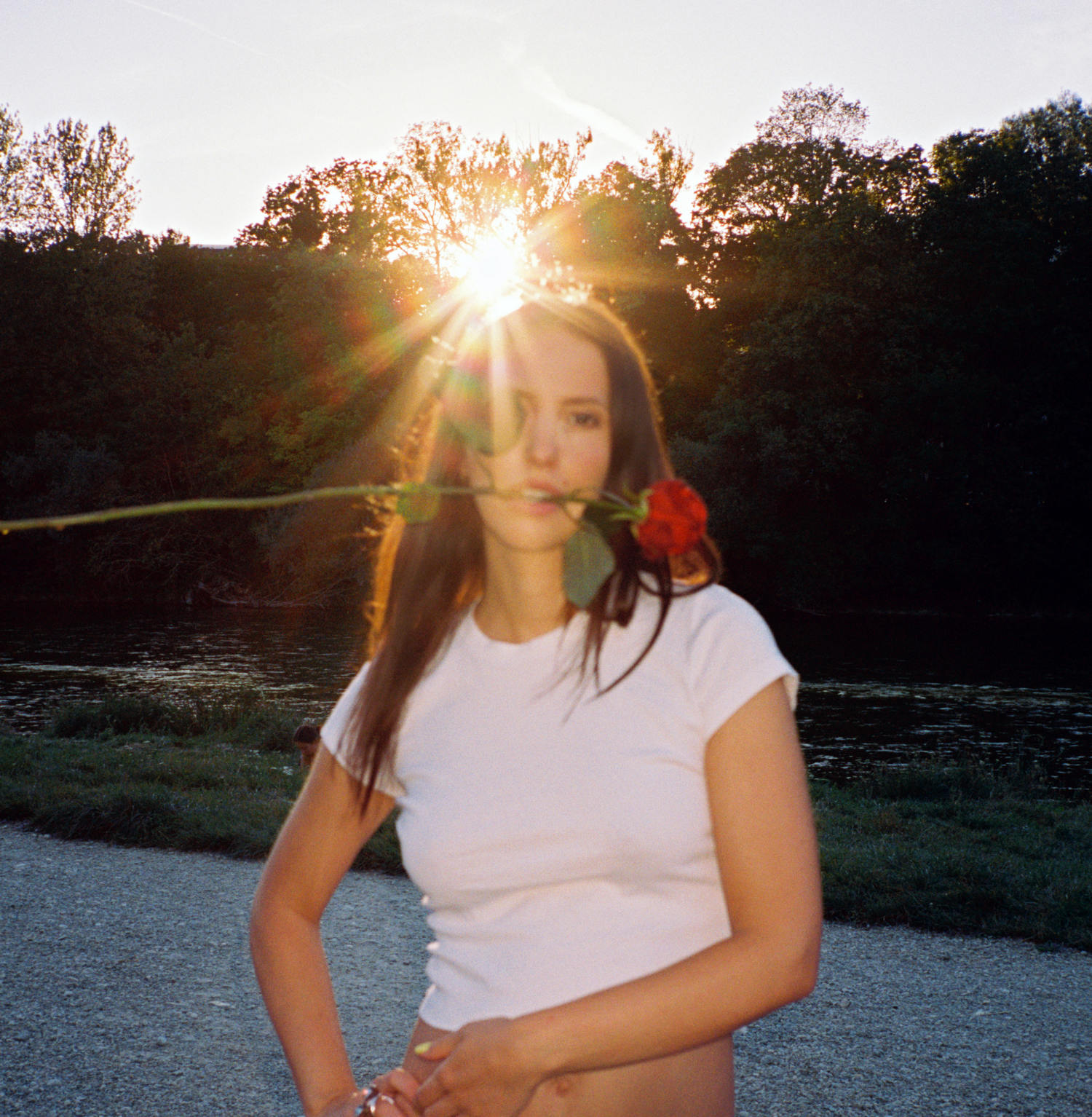
Rafaela Kaćunić, co-founder of This is Badland Magazine, challenges stereotypes of the Adriatic through art, culture, and music. Celebrating the region’s rich complexities, her work embraces the beauty in fragmentation, inviting a fresh perspective on the Balkans while inspiring a new generation of creatives.
In a world often guided by glossy images and superficial narratives, Rafaela Kaćunić stands as a beacon of authenticity and creativity. As the co-founder of This is Badland Magazine, she has carved out a unique space that celebrates the rich, often overlooked stories of the Adriatic region. Inspired by her Croatian roots and a desire to challenge the postcard-perfect stereotypes associated with the Mediterranean, Kaćunić launched the magazine to spotlight the unexpected beauty and talent emerging from the Balkans. With each issue, she invites readers to dive deep into the complexities of her homeland, melding humor and irony with poignant storytelling. But Kaćunić’s creativity doesn’t stop at print. Recently, she has ventured into music, blending 80s pop influences with Balkan themes, creating a harmonious dance between joy and grief. Vogue Adria spoke with the Berlin based multi-hyphenate on her creative journey.
What motivated you to establish This is Badland Magazine, and what was the inspiration behind its name?
I wanted to create a platform connected to my roots and culture, especially since the Adriatic region was mostly seen through a postcard-perfect lens. My ex-partner and I were driven by our homeland’s rich stories and creative potential. The name “This is Badland” came from the concept of “badlands”—a landscape shaped by erosion and sparse vegetation. We saw it as a perfect metaphor for a fragmented, yet beautiful region, and the name also carries humor, irony, and provocation that align with the magazine’s mission to deconstruct and reimagine the Balkans.
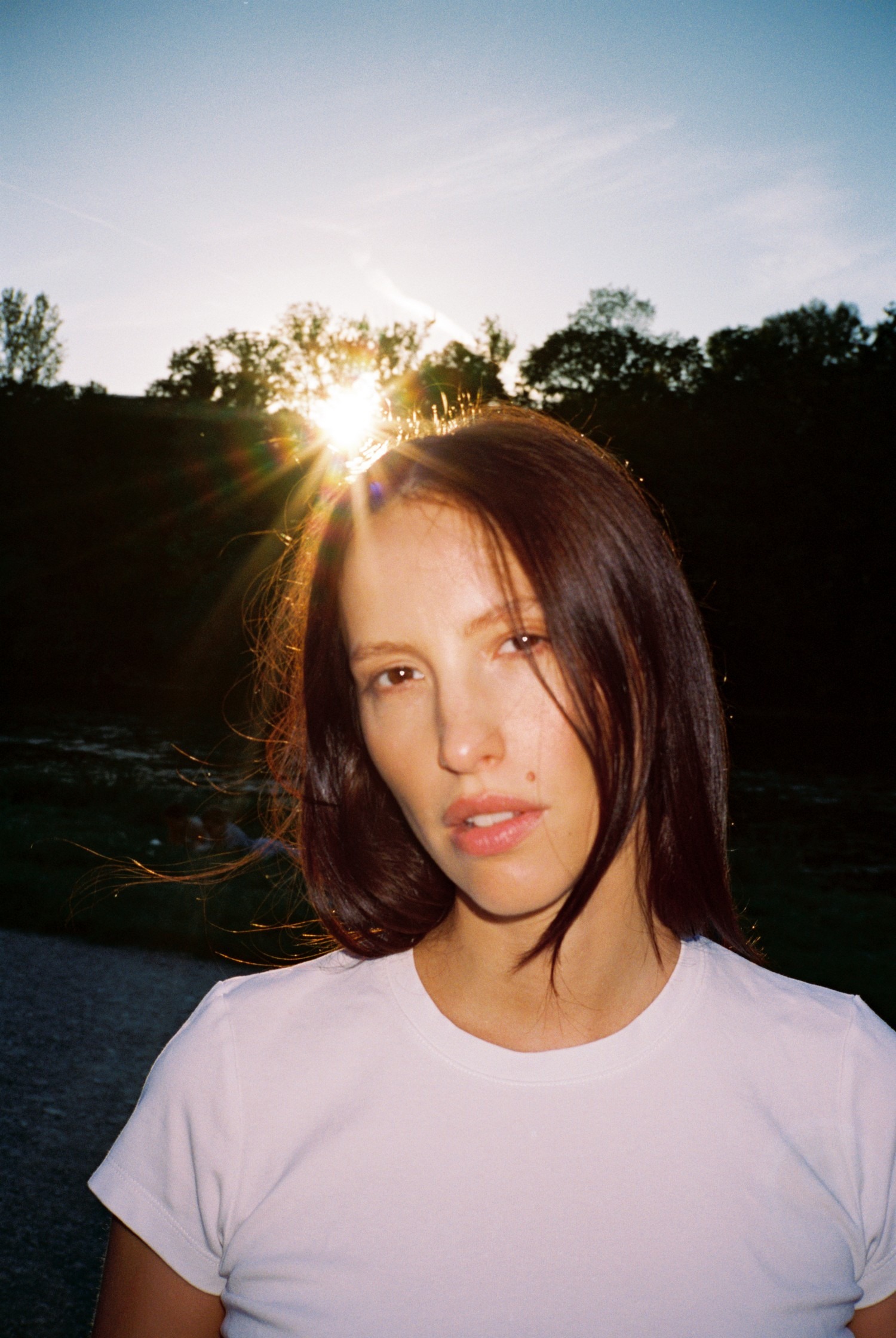
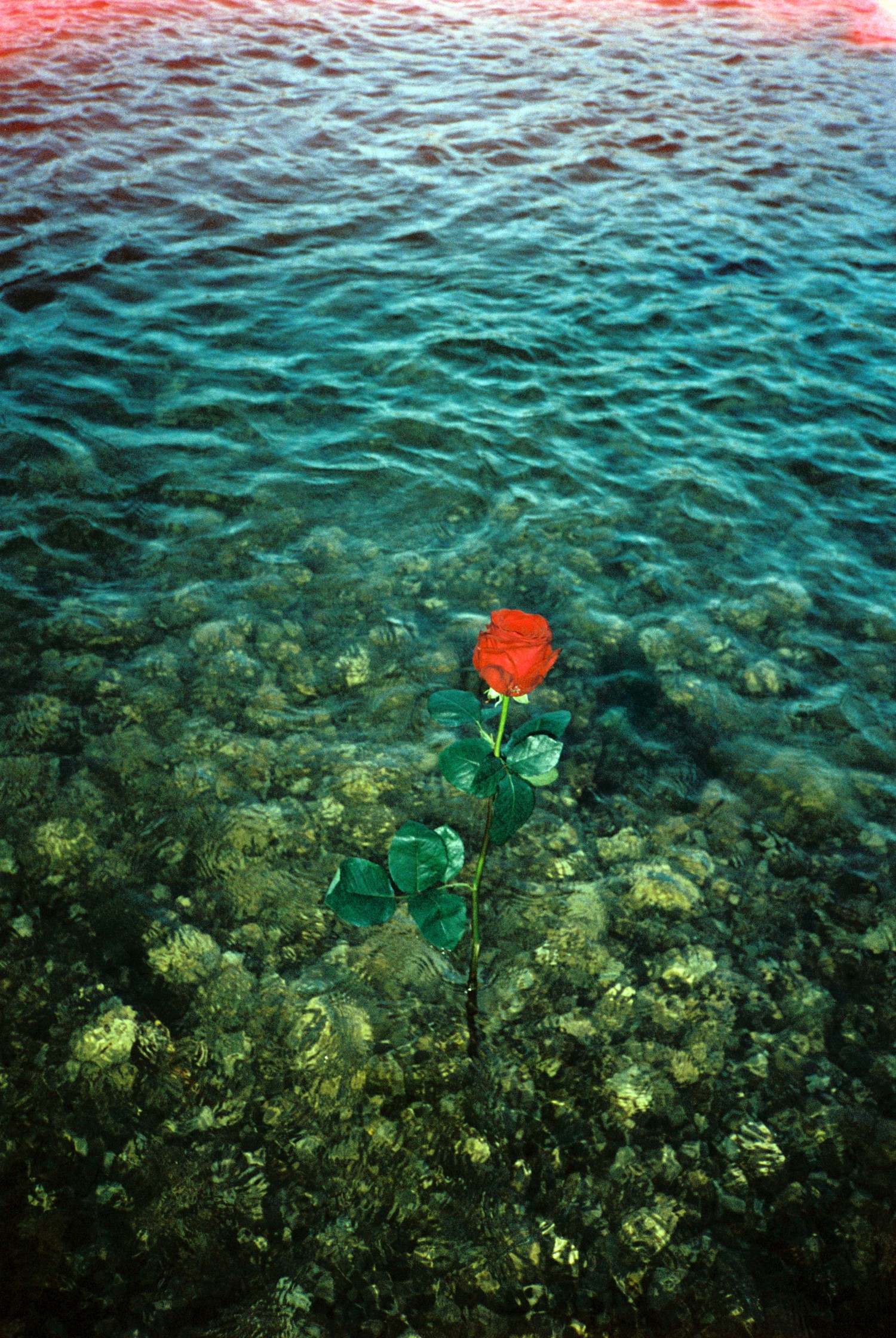
The inaugural issue in 2017 was titled “The Adriatic Reimagined,” aiming to challenge the conventional fantasies associated with the Mediterranean. What were some of the stereotypes you sought to disrupt?
We aimed to challenge the postcard image of the Adriatic. The conversations around our region were often shallow and uninformed, so we wanted to spotlight unexpected stories and give a voice to new creative talent from the Balkans. Our first issue was an attempt to disrupt the stereotypical Mediterranean fantasies with contributions from Hana Jusic, Emir Sehanovic, Flaka Haliti, Bruna Kazinoti, and Tobias Putrih to name a few.
How have the themes of each issue evolved over time, and what vision do you have for the seventh issue?
Our goal is to stay timeless and independent. We want our issues to be as relevant decades from now as they are today. I still enjoy revisiting our essays, which is a good sign I guess. Each issue grows intuitively, without strict deadlines, and we prefer timeless advertising to avoid seasonal pressures.
Due to internal changes we’re planning to spend 2025 rebuilding our online presence and updating our digital archives. That way, we’ll be all set to jump into the 7th issue when the time comes.
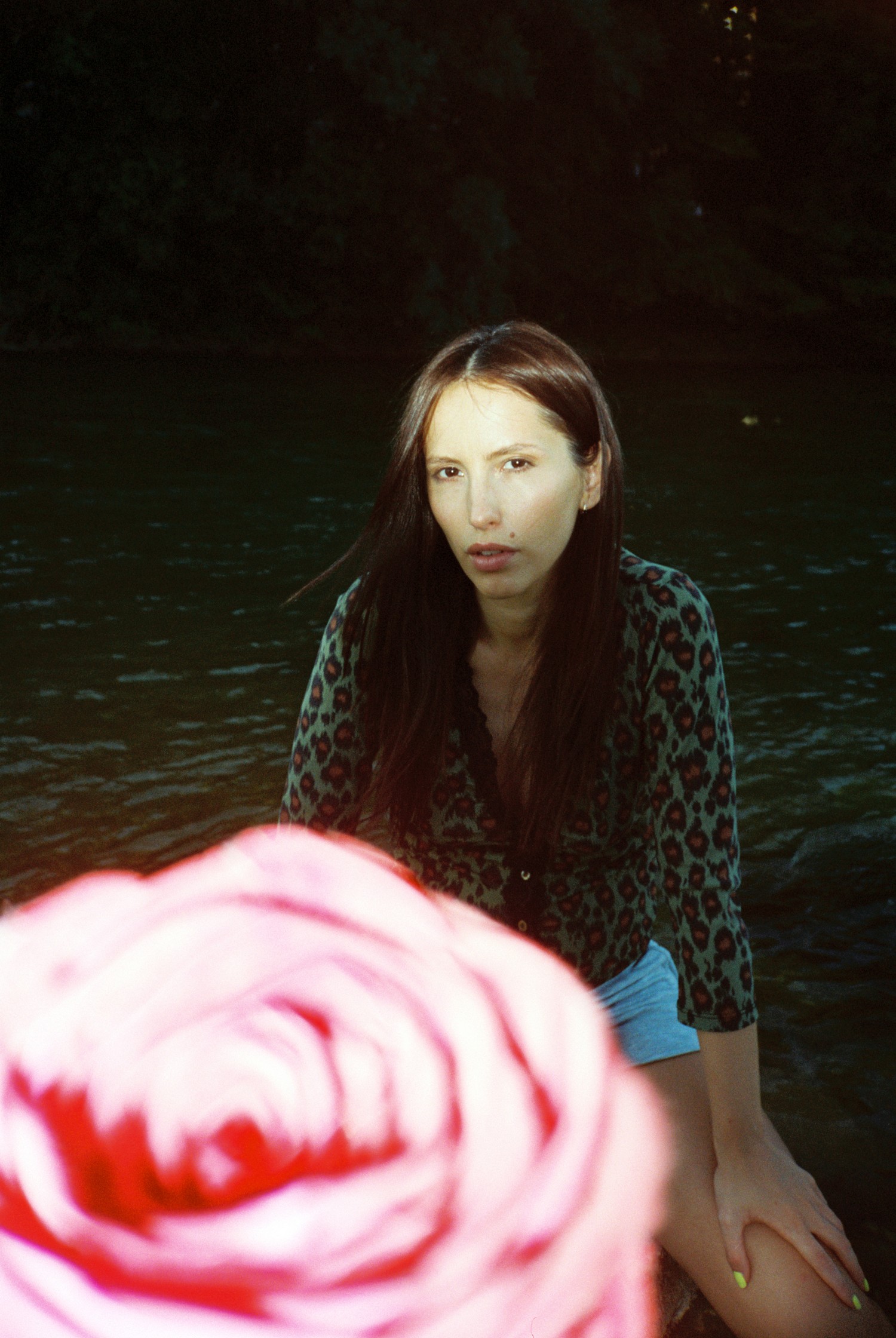
As an ardent supporter of independent publications, I recognize the hurdles faced in competing with larger publishing houses. What were some of the most significant challenges you encountered while establishing This Is Badland, and how did you navigate them?
Everything is a challenge to be honest —from finding topics that keep me engaged, assembling the right team, managing contributors, securing funding, to designing the layout and coordinating distribution. It’s a lot of work, but I’m grateful for my talented team and my initial naivety in starting an independent print magazine without fully grasping the time and cost involved. I believe the world needs more of this. There’s nothing quite like the feeling of receiving the first issues fresh off the press—unless there are print errors, of course!
I recently came across your musical releases on Instagram, which was a delightful surprise. This marks a completely new chapter for you, correct?
More or less new…
What hindered you from pursuing singing earlier in your career?
I sang in school bands and choirs but quit at 18, disillusioned with life and the music industry at the time… I only picked up on it during the pandemic in 2021 when I joined the female acapella choir Bulgarian Voices Berlin.
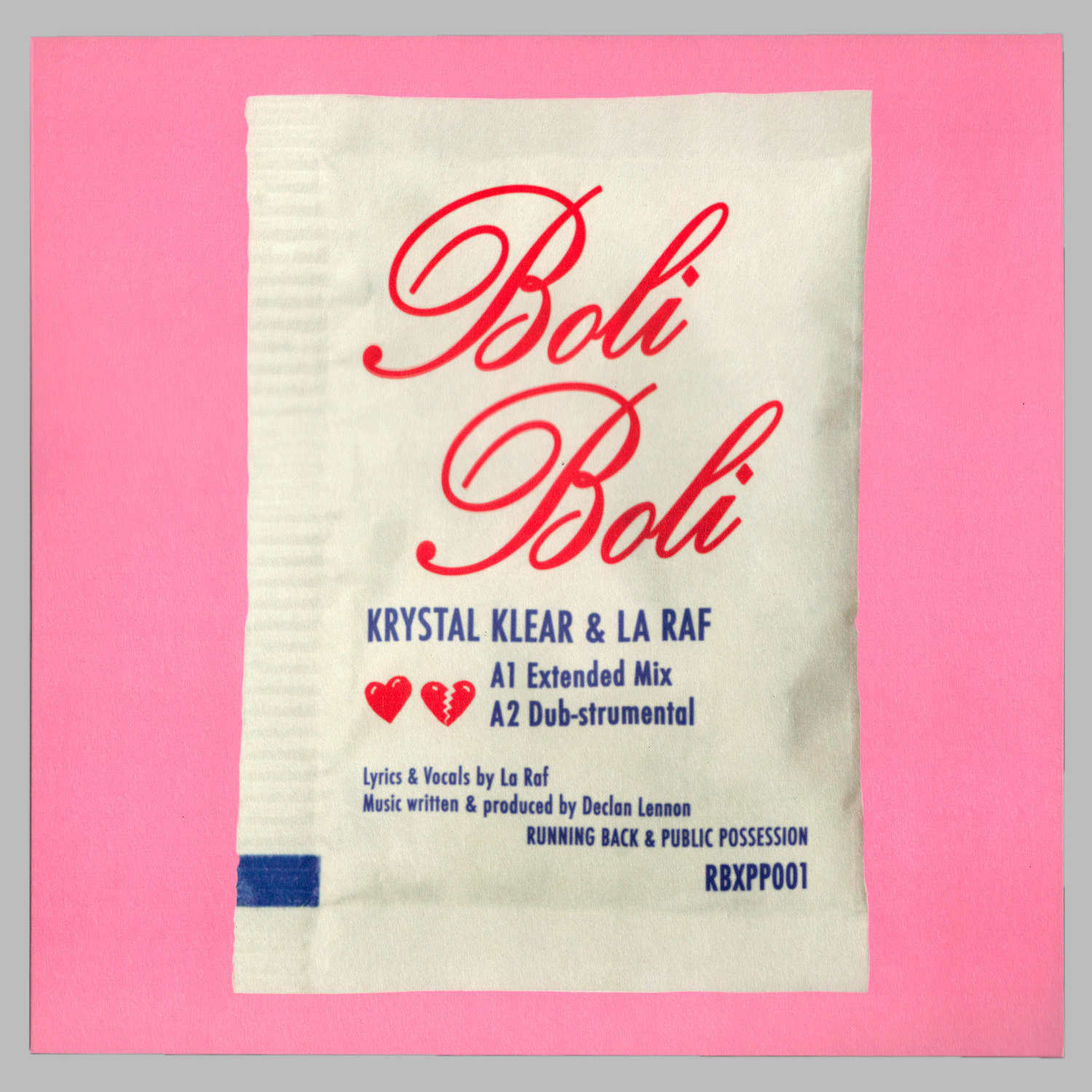
Were you anxious about people’s reactions?
Not anxious, but curious how people would respond to this kind of 80s pop in my native language, even if they didn’t fully understand it.
What does the song “Boli Boli” represent for you personally?
“Boli Boli” came to life during a tough time when I reunited with Krystal Klear in a London studio. My depression was creeping back, and I channeled the emotions of regret and pain from a past breakup into the song’s lyrics. It’s deeply personal, reflecting the Balkan way of embracing grief with pride and joy.
Krystal’s talent for blending happiness and melancholia in his melodies was exactly what I needed. The song became a cathartic release, mixing 80s disco-synth-pop with Balkan self-pity—not as sorrow, but as a confident indulgence in one’s own grief. It’s for those who carry both pain and joy, much like we do in the South-East.
How do you see music complementing the ethos of This Is Badland and your job as an art director? How do you balance these diverse disciplines in your daily routine? In what ways does your approach to music creation parallel that of producing a print magazine?
Music is culture, so is print. The reason I decided to publish the song BOLI BOLI was the fact that we would release it on Vinyl, because I love to touch things I create.
As an Art and Creative Director, I focus on curating ideas, images, stories, and talents across different mediums. I’m into contradictions and the unseen, and I try to capture that in my work—showing how creativity and joy can come from embracing sadness, much like the spirit of the Balkans.
It might sound corny, but I really need a cozy bed, my morning routine, my to-do lists, and healthy food to keep my balance and discipline. I like to take my sweet time in the morning before jumping into my day.

How essential is collaboration to your creative process, particularly in your editorial work and musical endeavors?
Collaboration is crucial. None of my projects would exist without talented collaborators who believe in my vision. I create for the encounter, the exchange with others. Without that, I prefer to rest, read, or watch The Internet Historian on YouTube.
Are there any upcoming projects or collaborations that you are particularly enthusiastic about?
My partner and I are expecting our first child at the beginning of January. It’s definitely the most exciting thing happening right now, but I’m hyped up to produce more music in the future. Let’s see what comes up, I’m open for all.
What advice would you offer to aspiring creatives eager to carve their own paths in the creative industries?
Have the courage to create, stay curious, embrace dichotomy, learn to discern, and don’t let them see you sweat.
Photo: Martina Borsche